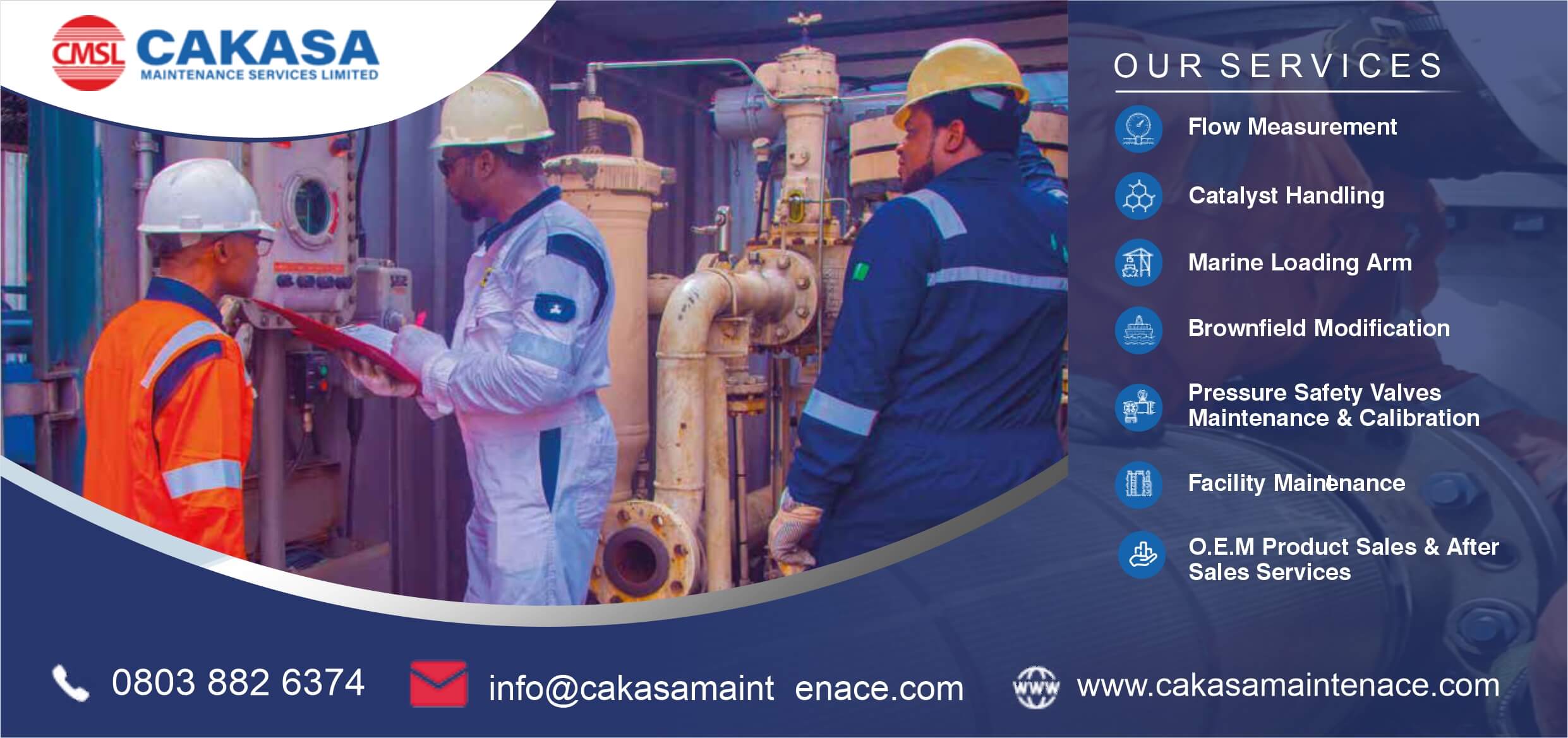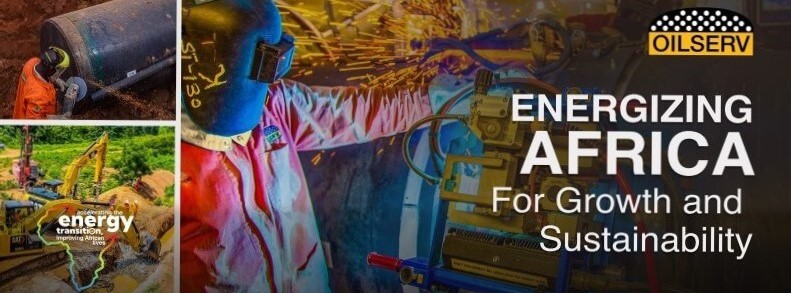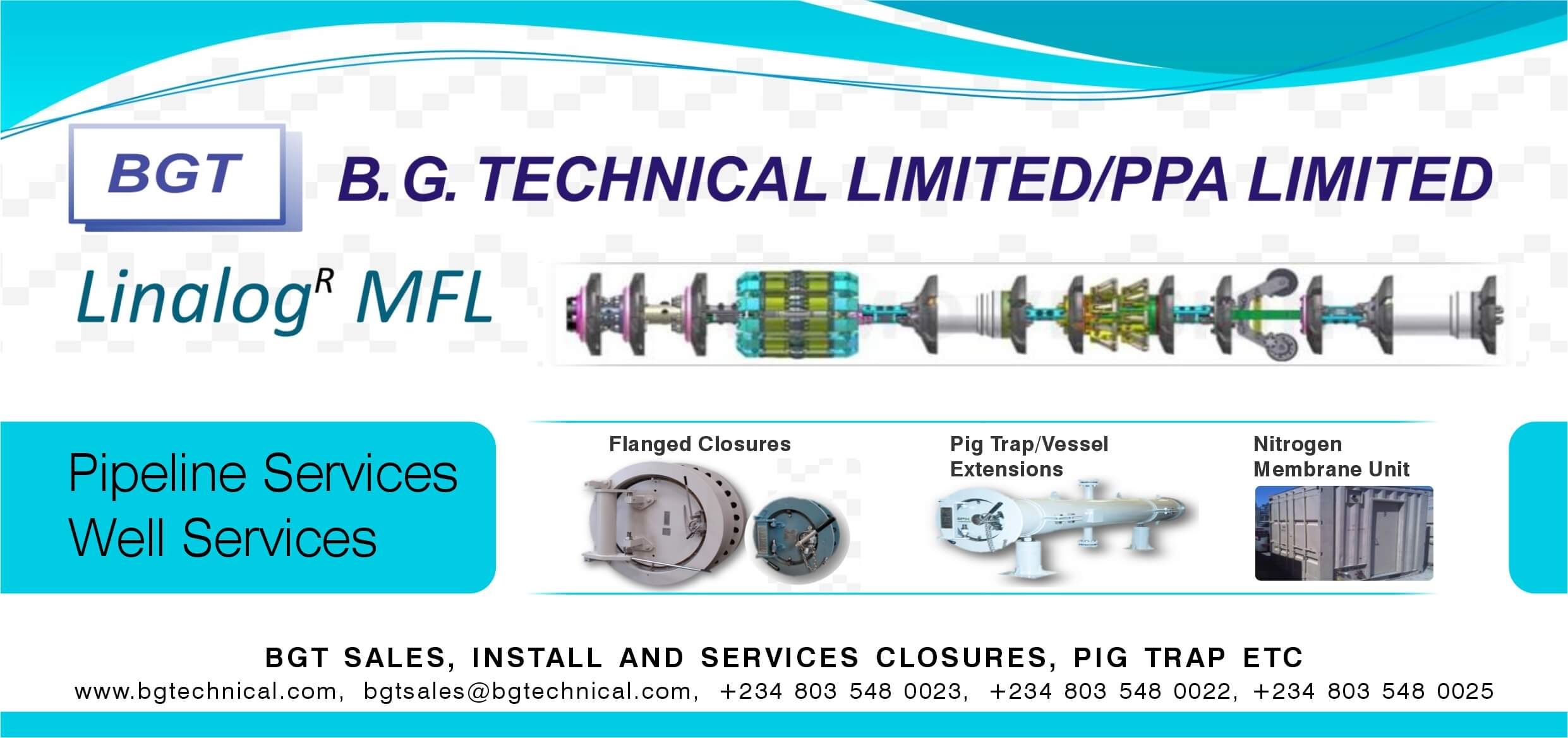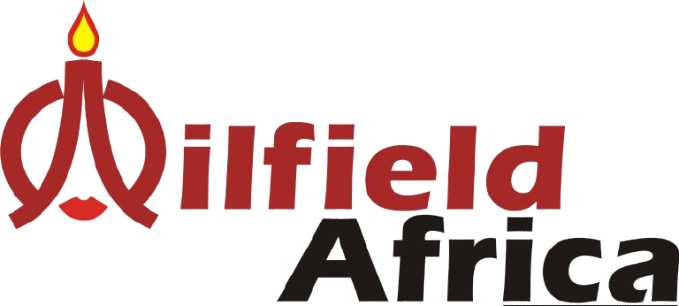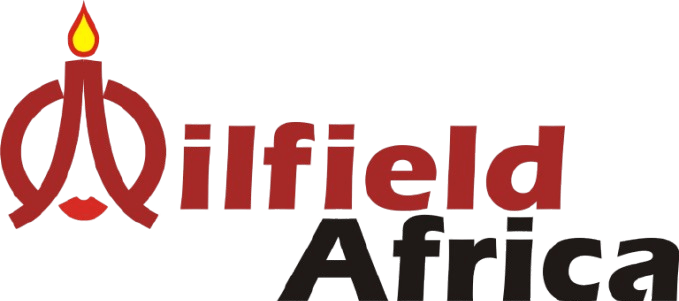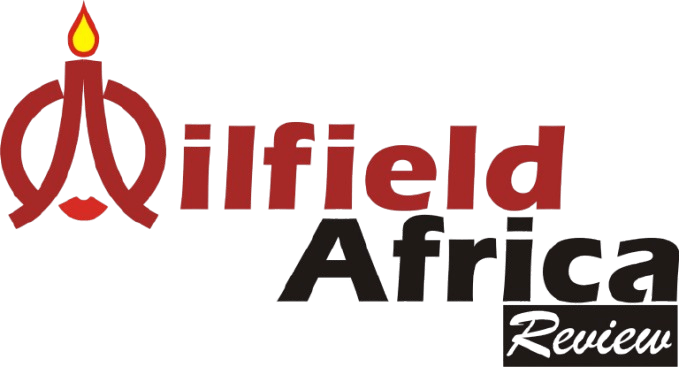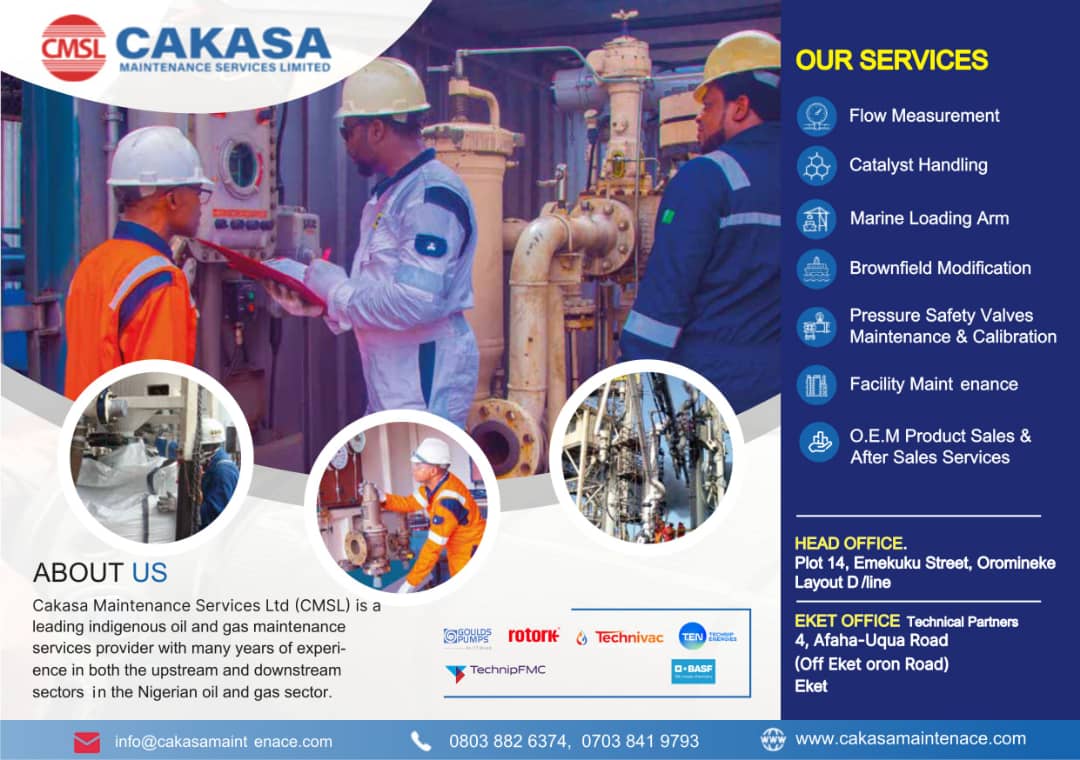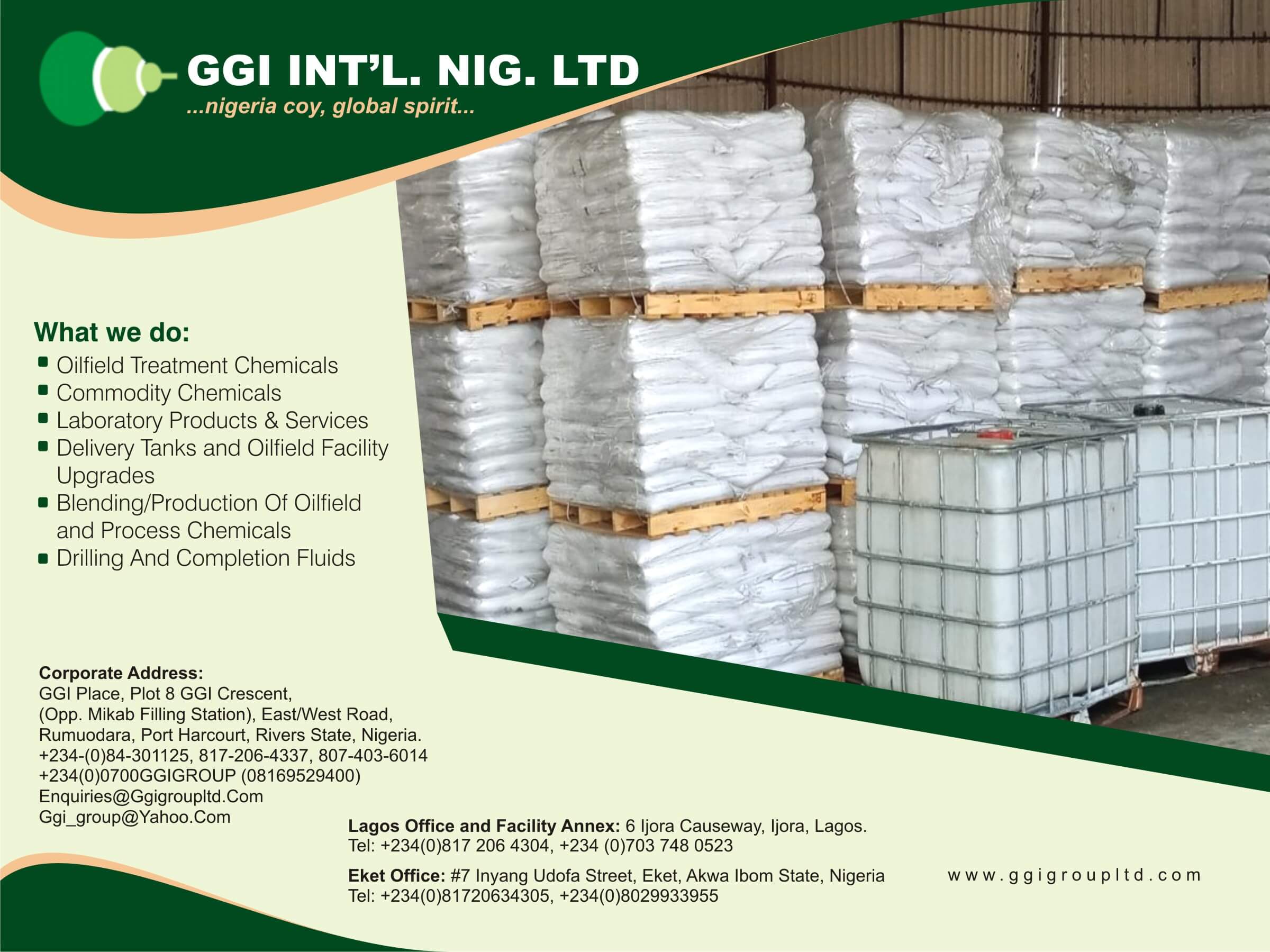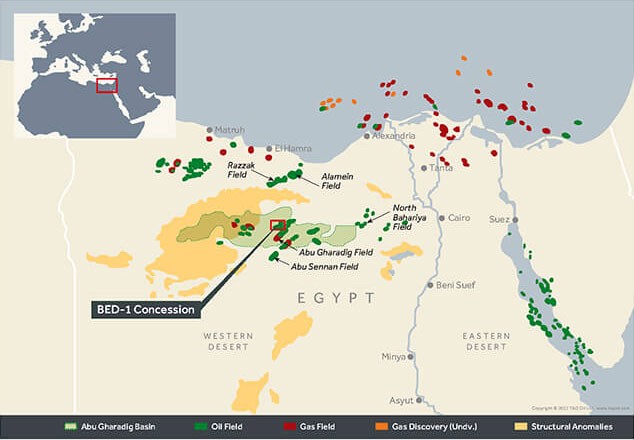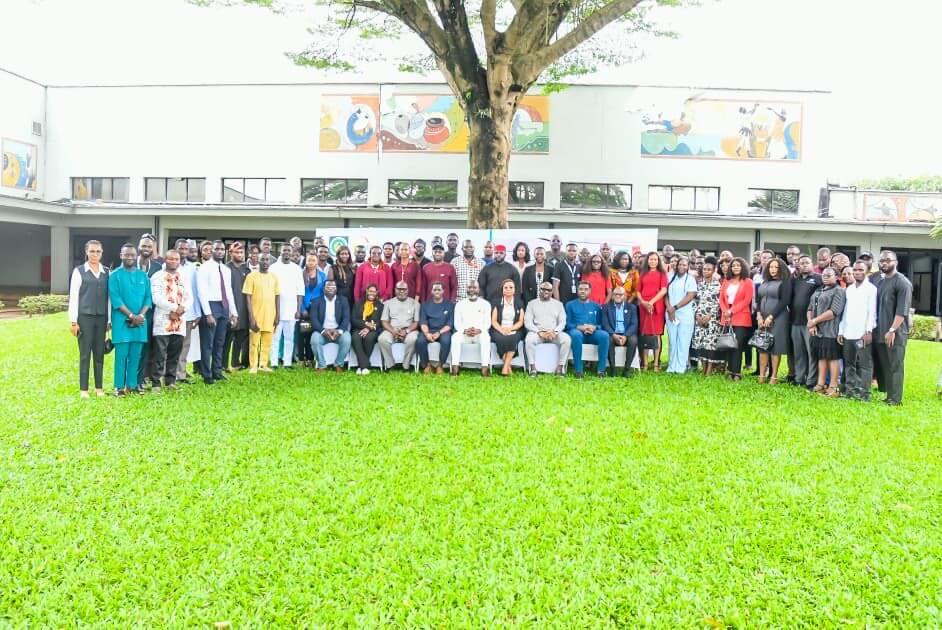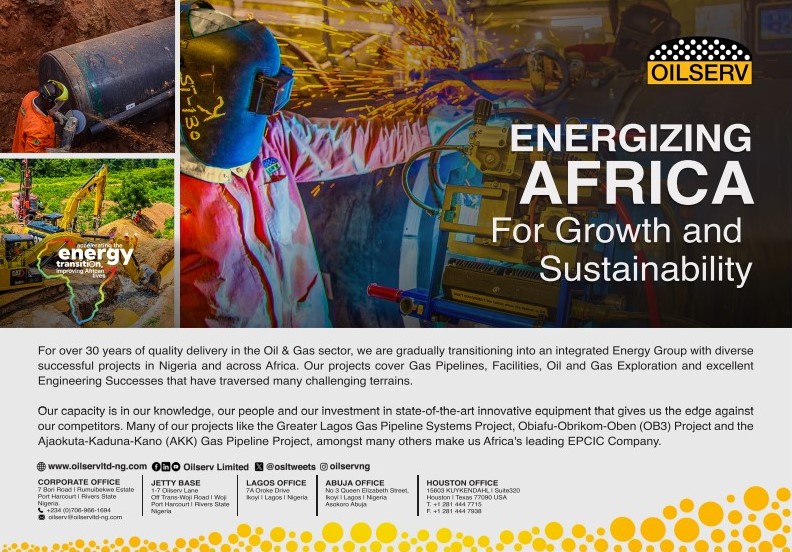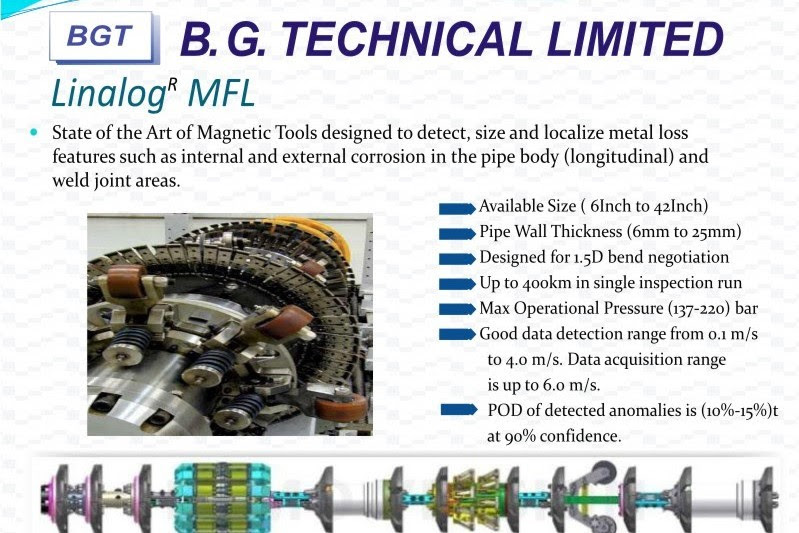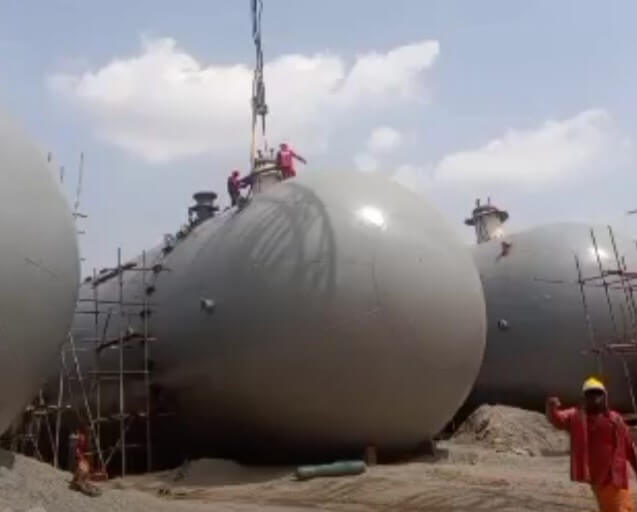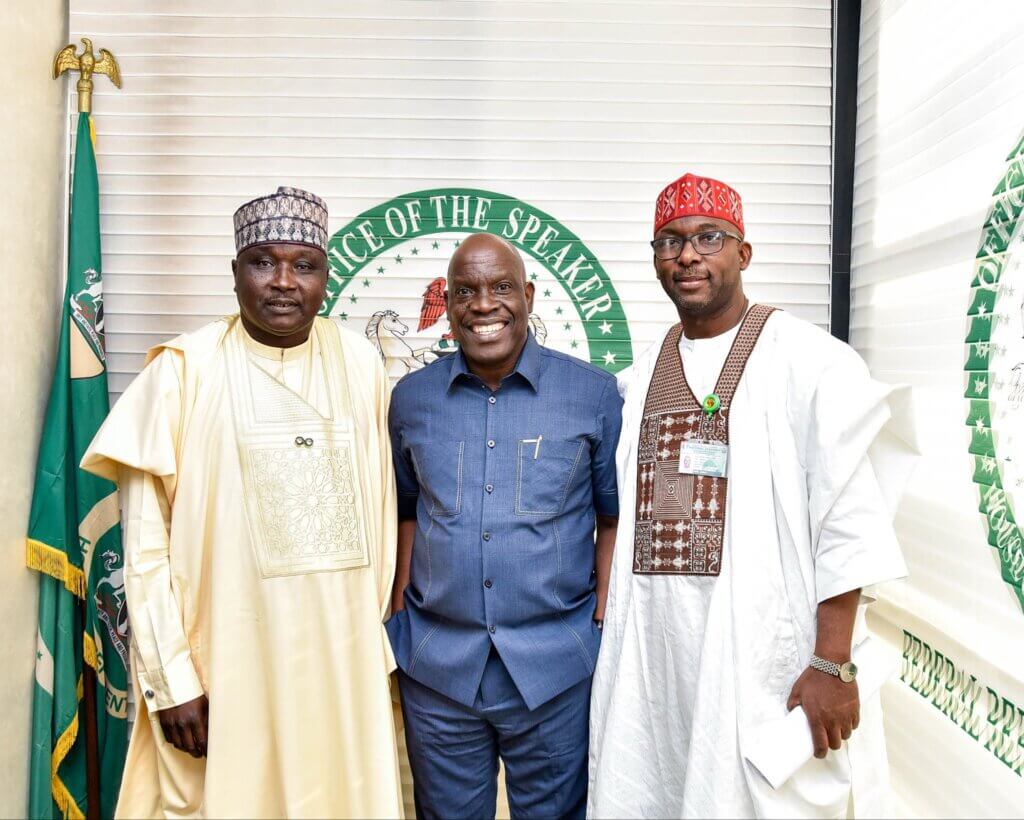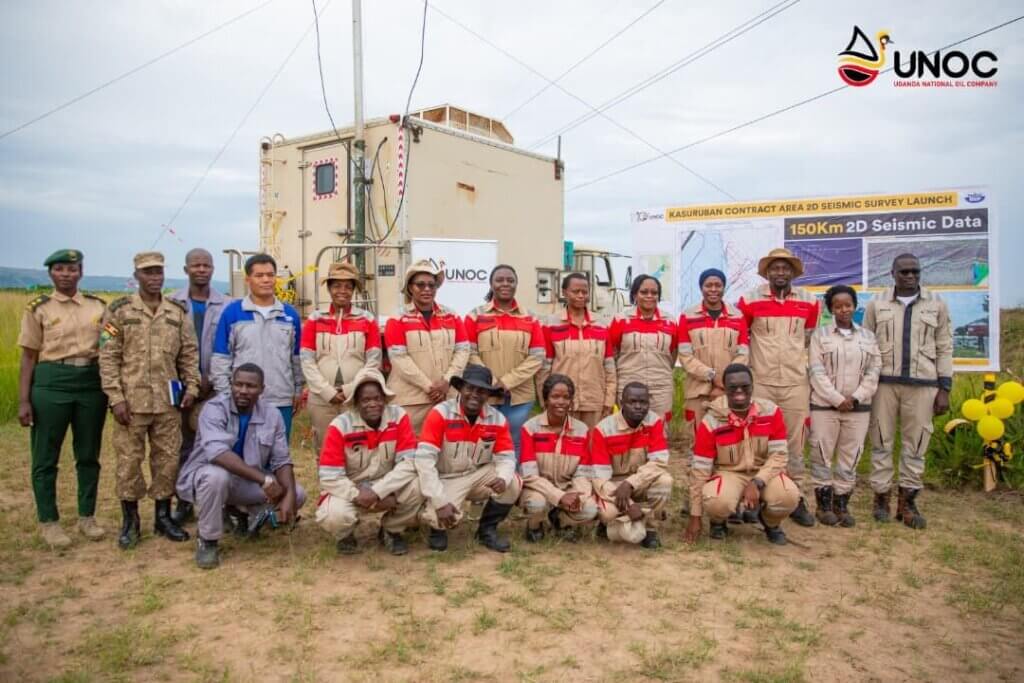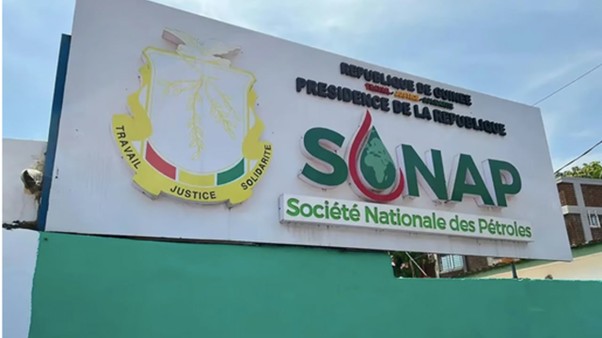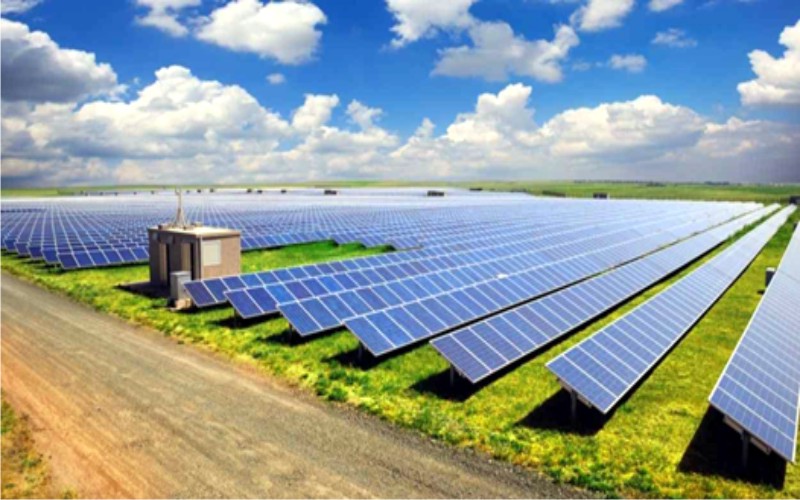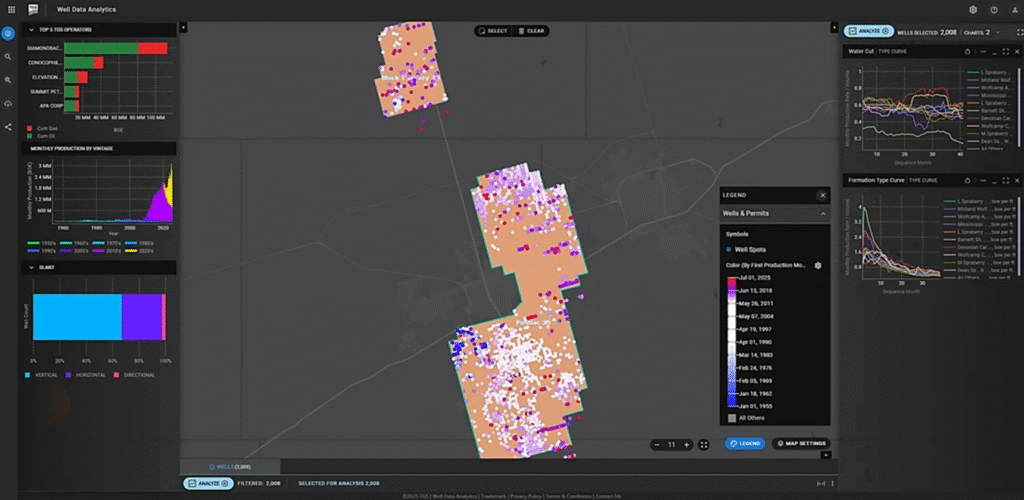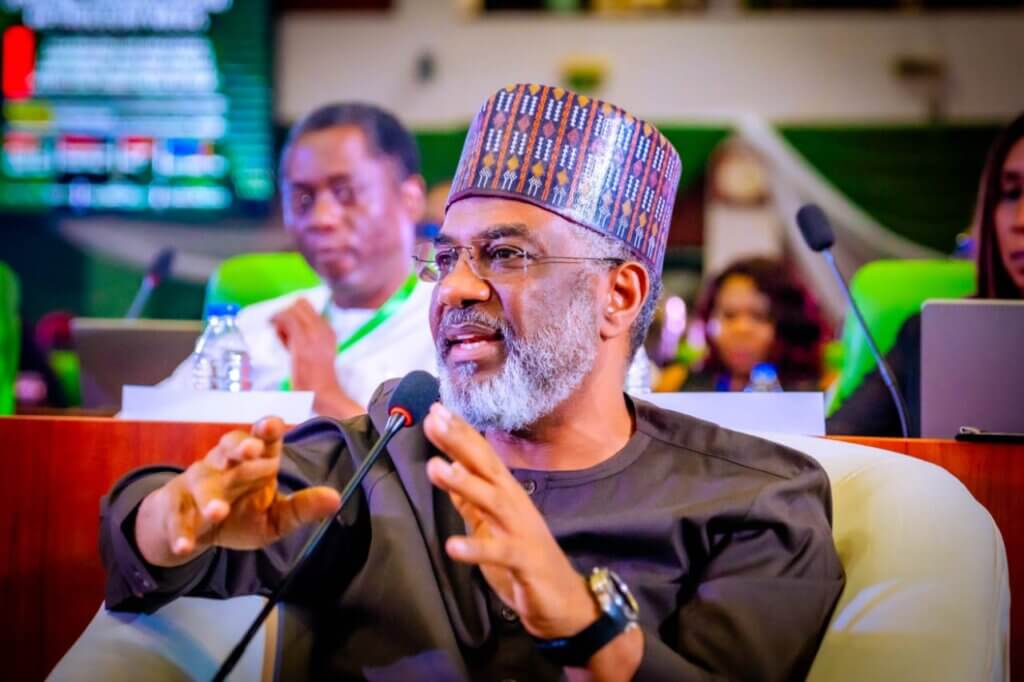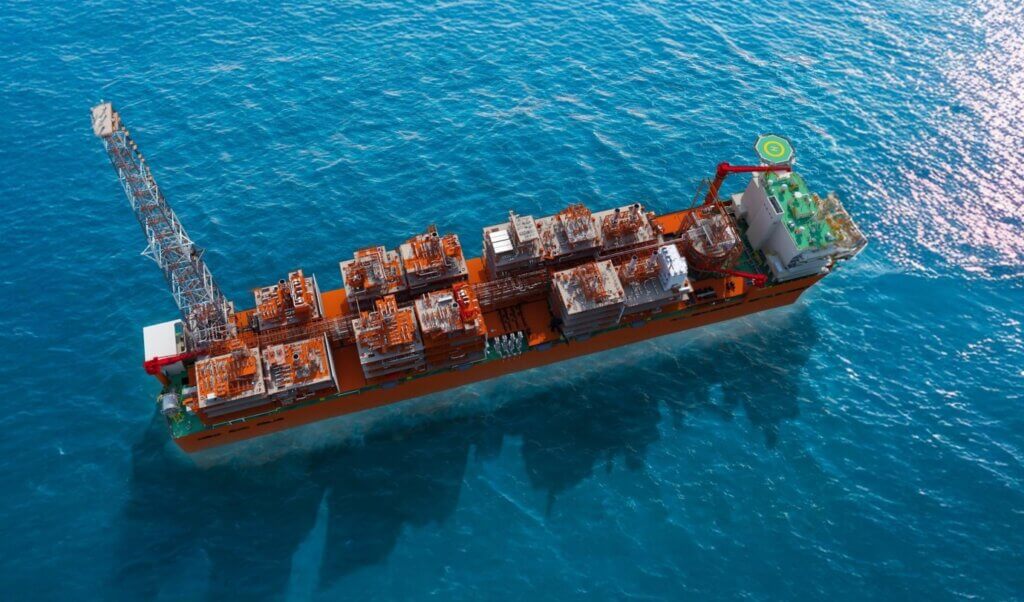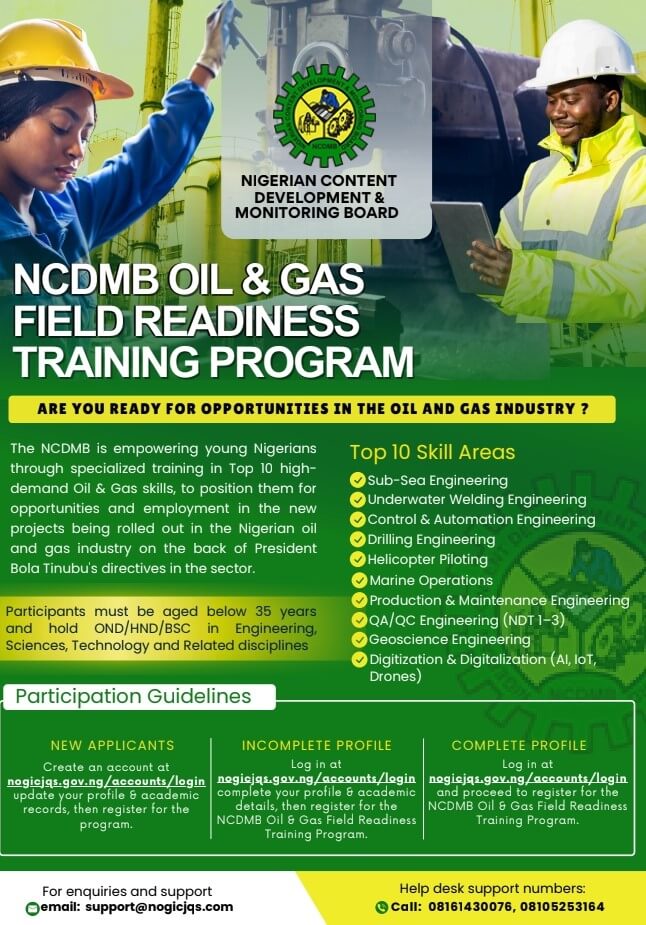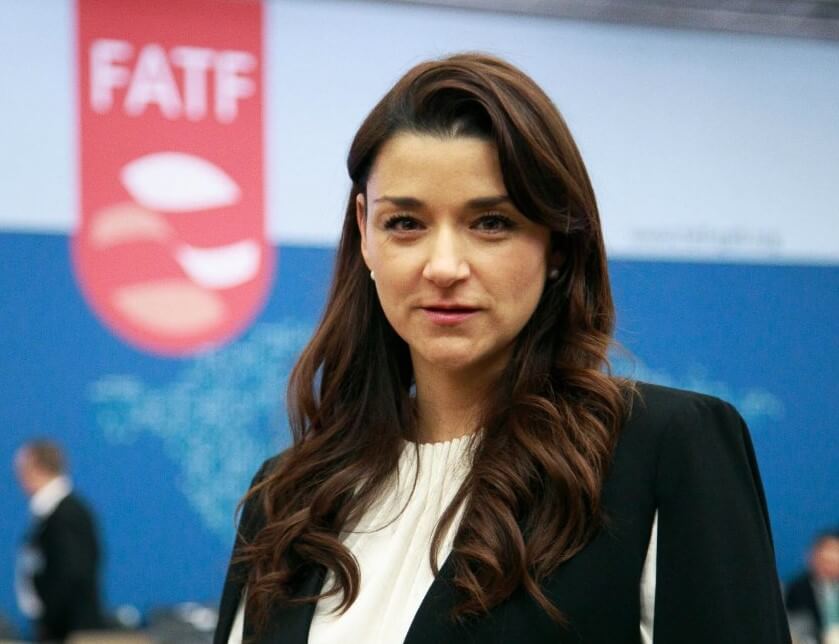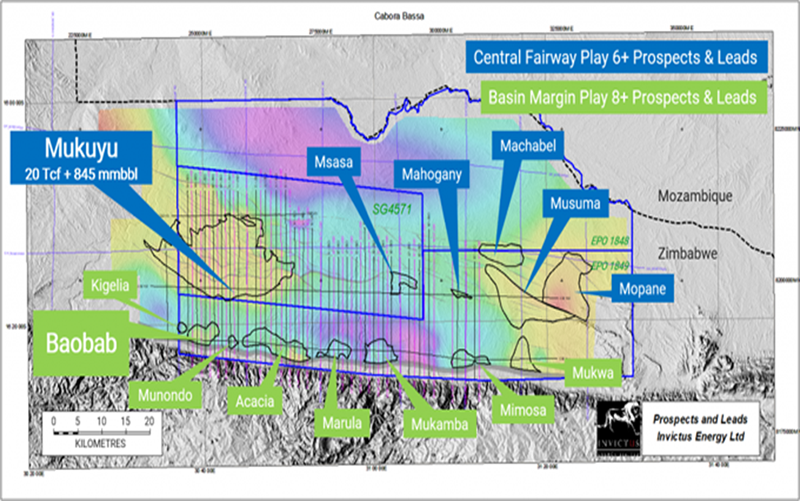
Invictus Energy hasprogressed on operations at its 80% owned SG 4571 licence in Zimbabwe’s Cabora Bassa Basin.
Managing Director Scott Macmillan commented:
“The Mukuyu-1 and ST1 drill campaign has been a great success, identifying 13 potential hydrocarbon bearing zones across the Pebbly Arkose and Upper Angwa formations.
“Significantly, a combined 225 metres of gross potential hydrocarbon bearing zones have been identified in the primary target Upper Angwa, which still contains deeper untested potential.
“This is an outstanding result and virtually unprecedented for the first well in a frontier basin, establishing a new petroleum province and substantially de-risking the Company’s wider acreage in the Cabora Bassa Basin.
“We are still interpreting all the data, with results to be integrated into the seismic data and basin models to guide future well locations and exploration prospect selection.”
Mukuyu-1 ST1 identifies 13 potential hydrocarbon bearing zones
Following completion of operations of the Mukuyu-1 ST1 well, a total of 13 potential hydrocarbon bearing zones were interpreted in the Pebbly Arkose and Upper Angwa formations.
Of note is the primary target Upper Angwa formation, with 11 identified potential hydrocarbon bearing zones totalling a combined 225 metres.
All potential hydrocarbon bearing zones have been isolated and plugged and the Mukuyu-1 and ST1 wells have been left in a safe condition.
Wireline log interpretation calculated porosity of up to 15% and gas saturation of up to 90% in selected potential pay zones in the Upper Angwa but are yet to be calibrated with fluid and core data and subsequently subject to wide margins of error.
Weak to strong hydrocarbon fluorescence was noted from approximately 2,100m Measured Depth (mMD) in the Pebbly Arkose and was consistent to TD at 3,923mMD, with up to 100% fluorescence observed in some cuttings and side wall cores.
Further reservoir and potential pay intervals in the Upper Angwa intersected when the Mukuyu1 well was deepened from 3,618 to 3,923m could not be fully evaluated due to a breakdown in the borehole, preventing logging of the deepened section.
The Upper Angwa primary target contained a 1,400m vertical section of sand, siltstone, carbonaceous claystone and coal, which can be indicators of potential hydrocarbon reservoirs and have confirmed the presence of competent seals.
The interpreted gas sands suggest good calibration with the velocity (Vint) slowdowns observed at the 500 and 600 surfaces (currently interpreted to represent the Pebbly Arkose and Upper Angwa, respectively) and will provide both calibration for mapping this anomaly around the Mukuyu structure and application to the Pebbly Arkose and Upper Angwa play in the remaining prospect portfolio.
Additional reservoir intervals encountered in the Pebbly Arkose sections with porosity up to 20% contained minor fluorescence and elevated gas shows above background.
Log interpretation indicates residual gas saturation within these sands, establishing hydrocarbon migration has occurred through this zone and provides for additional targets in updip locations towards the crest of the structure.
Multiple reservoir sand and seal pairs were intersected in the Post Dande, Forest, Pebbly Arkose and Upper Angwa formations and multiple intervals of rich source encountered in the Upper Angwa as prognosed.
Deeper untested potential remains in the Mukuyu structure, with the bottom of the Upper Angwa not reached in either Mukuyu-1 or ST1, while the Lower Angwa was also not intersected.
The success of Mukuyu-1 on the southern flank of structure in a location that is 300m below the crest also provides further untested updip potential, which will be targeted in forthcoming drilling programs.










